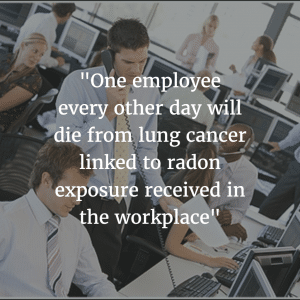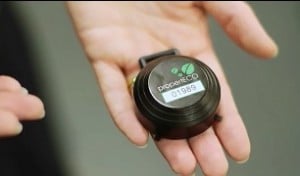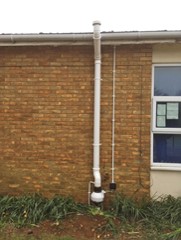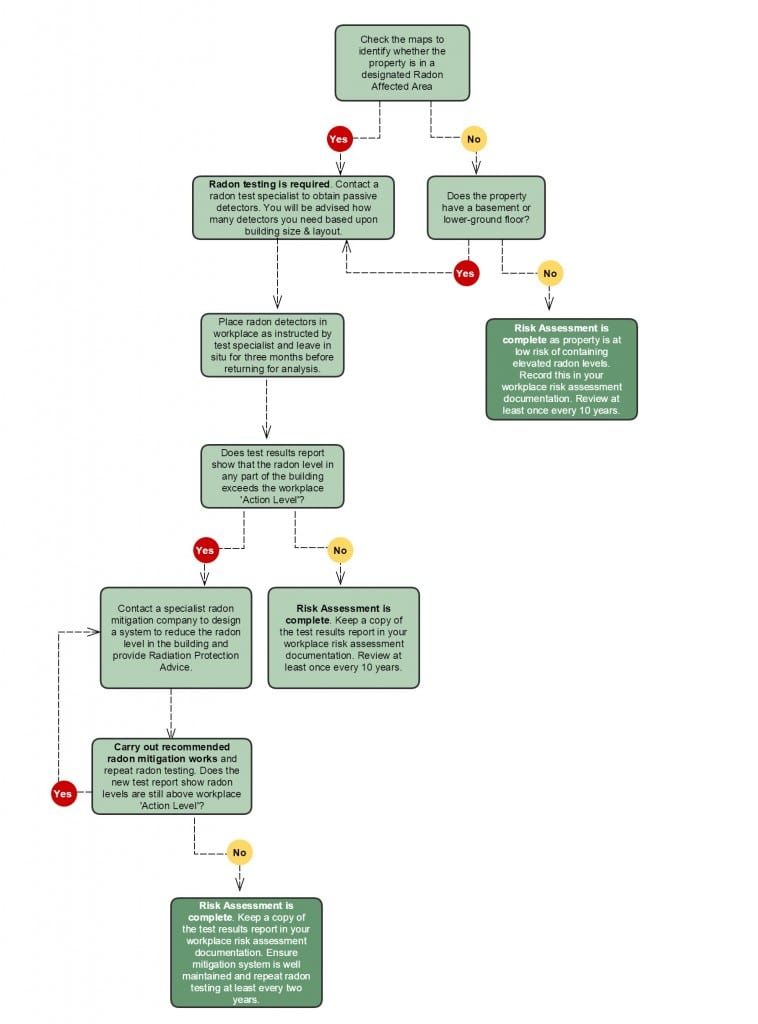In most instances, employers are well aware of the need to carry out a fire risk assessment, have electronic equipment PAT tested and undertake display screen equipment assessments, all to ensure the safety of their staff.
But how many realise that a radon risk assessment should also be completed for each workplace premises?
Under the Management of Health and Safety at Work Regulations 1999, employers must assess all hazards that may be posed to their staff whilst at work.
As high levels of radon can accumulate in any type, size or age of building, it up to employers to assess whether their staff are being exposed to dangerous levels of the carcinogen.

How Do I Complete a Radon Risk Assessment?
The first step in completing a workplace radon risk assessment is to check the radon maps produced by Public Health England to ascertain whether the workplace is located within a designated radon affected area. The indicative maps at www.ukradon.org are free to use, and you simply need to enter the postcode to see what risk band the property falls into.
Anywhere where it has been estimated that there is more than a 1% chance of the property containing high levels of radon, based on the geology, is classified as a radon affected area.
The risk bands start with ‘less than 1%’ probability (shown white on the map) and go up to a ‘greater than 30%’ probability (shown dark brown on the map).
You will also need to consider whether your workplace has an occupied basement or lower ground floor area, as these below-ground spaces increase the risk of elevated levels of radon being present.
The threshold for occupation is 50 hours per year, so if your basement is visited for at least an hour a week then it will be deemed as occupied, even if it is not a permanent workspace.
If the property does not have a basement and is in a lower risk radon area (less than 1% probability) then your risk assessment is complete, and no further action is required.
You should document your assessment and revisit it regularly as the maps are updated periodically when further data is obtained. You can download our free risk assessment template here.
If your desktop exercise has identified that the workplace is in a designated radon affected area or if it has an occupied basement, then you must now measure the risk by carrying out radon testing.
How Do I Test a Workplace for Radon?
Radon is odourless, colourless and tasteless. To measure the level of radon in an existing building, a specialist detector must be placed in the property before being sent to a laboratory for analysis.
Radon detectors are small and discreet, and the whole process including laboratory analysis is inexpensive.
As radon levels fluctuate according to seasonal and occupational variances (e.g. amount of ventilation through opening windows), a three month period is required to take such inconsistencies into account.

The result is given in a unit called Becquerels and expressed as Becquerels per cubic metre of air (Bq/m3).
The number of detectors required depends upon the size, layout and usage of the building, and PropertECO can advise on this.
For office-type buildings, this typically equates to around one in every three ground floor rooms being tested and in larger open plan buildings the density of placements will be lower.
What Happens If My Test Results are High?
The UK Government has set guideline levels that are acceptable in buildings, both residential and workplaces. The ‘action level’ for workplaces is 300 Bq/m3.
The radon testing laboratory will provide you with two results – the ‘raw’ result from the test period (the actual level measured) and the seasonally corrected annual average result.
This calculation takes into account the time of year that you carried out your test and it is this annual average result that you should compare with the workplace ‘action level’ of 300 Bq/m3.
If the test results show that the radon level in any part of a workplace building exceeds 300 Bq/m3 (Becquerels per cubic metre of air) the Ionising Radiations Regulations 2017 (IRR17) apply.
Under IRR17, an employer is required to take advice from a Radiation Protection Advisor (RPA) as to who may use which parts of the building and for how long, monitor usage times, display warning signs and so forth.
Where very high levels are found, a building may have to be closed. Such occupancy restrictions could be referred to as an administrative control measure, which for many employers would be an ongoing burden to manage.
In most instances, the employer will appoint a specialist contractor to carry out remedial works, such as installing a radon sump or utilising air management techniques to lower the radon concentration in the building.
Radon testing must then be repeated to confirm that the levels have fallen below 300 Bq/m3, and IRR17 will no longer apply. Maintenance inspections and repeat testing should be carried out at least once every two years to ensure the system remains effective.
This engineered approach is the preferred option for the majority of employers as it enables them to use their buildings with no restrictions.
Step By Step Guide: Conducting Your Radon Risk Assessment
How PropertECO Can Help?
PropertECO can assist employers with all stages of their radon risk assessments, including carrying out a postcode analysis of large portfolios to identify where testing is needed, supplying radon detectors (including placing and collecting if required), and designing and installing radon mitigation systems.
Don’t forget you can download our FREE radon risk assessment template pack by clicking here.
Radon test kits can also be purchased from our online store, https://www.radonshop.co.uk/ or please contact us for free advice.


